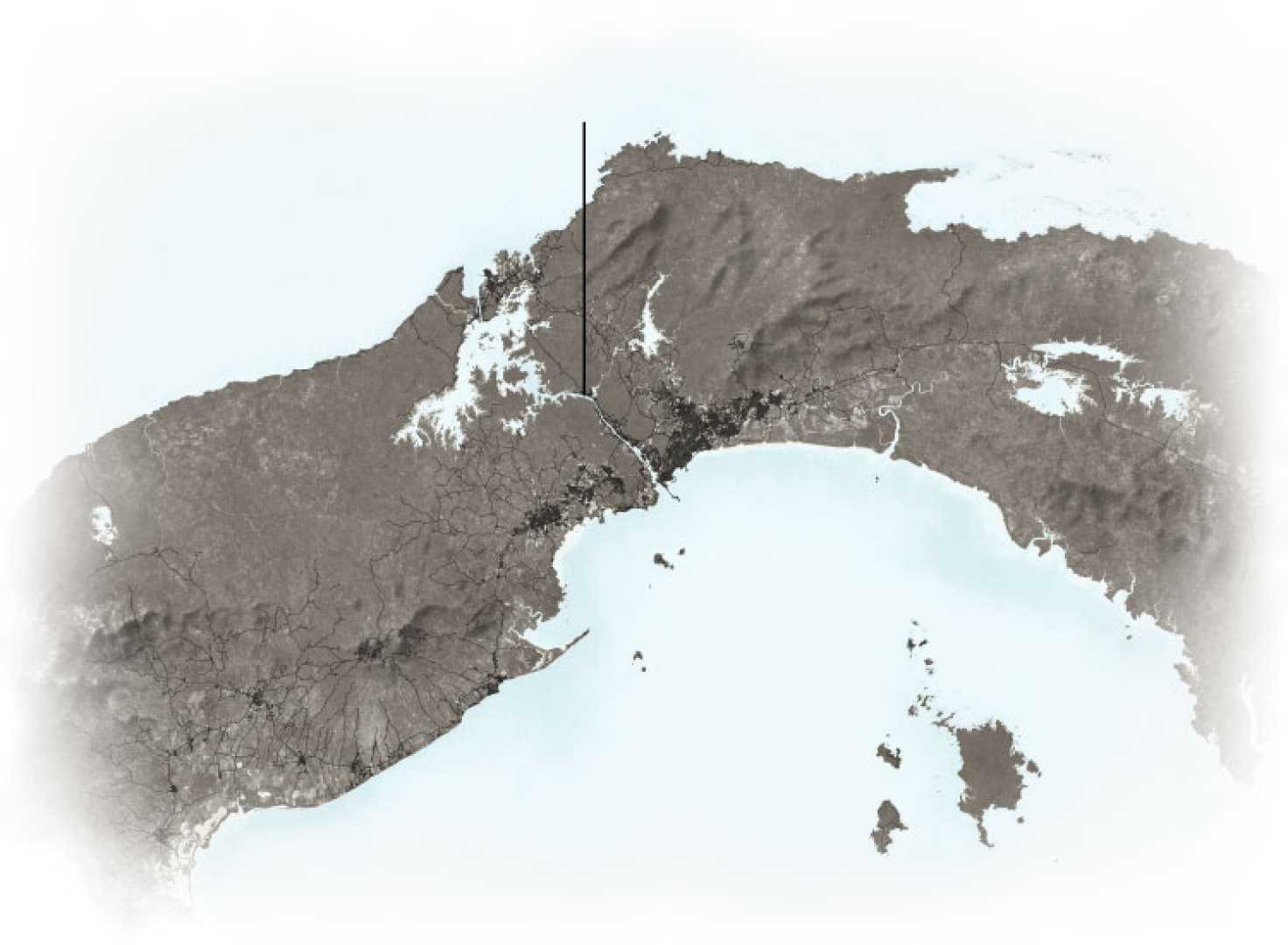World
Panama Canal Faces Crisis Amid Drought and Geopolitical Tensions

Panama City, Panama — The Panama Canal, a crucial shipping lane connecting the Atlantic and Pacific Oceans, is experiencing a significant crisis as severe drought impacts its operations. With a history of more than a century, the canal has become vital for global trade, yet recent extreme weather events have raised urgent concerns about its future.
Intensified and frequent droughts have prompted canal authorities to consider a controversial plan to dam the Río Indio, which would flood local communities and displace approximately 2,300 residents. This project aims to secure the canal’s water supply, essential for its operations and the drinking water needs of over half of Panama’s population.
Political tensions loom over the canal, especially with U.S. President Donald Trump’s recent statements demanding American control of the waterway. Trump has threatened military intervention and criticized toll fees, prompting a strong defense of Panamanian sovereignty from President José Raúl Mulino. “The soul of a country is not up for discussion,” Mulino emphasized.
Experts warn that if the U.S. were to assume control of the canal amidst a climate crisis, it may face substantial challenges. “The big, existential worry is that this is climate change,” said Steve Paton, director of the physical monitoring program at the Smithsonian Tropical Research Institute. He highlighted that El Niño patterns have contributed to less frequent rainfall, exacerbating the water crisis.
The canal’s critical water source, Lake Gatún, has undergone drastic changes due to drought. Each vessel transit requires approximately 50 million gallons from the lake, and recent dry spells have forced authorities to decrease daily ship transits from 36 to 24, disrupting global supply chains.
Ilya Espino de Marotta, deputy administrator of the Panama Canal Authority, remarked that the canal must adapt to increasing challenges. The proposed dam project is expected to provide relief for up to 50 years, according to Marotta, though concerns over the environmental and social costs continue to mount.
Local residents and social researchers, like Alberto Agrazal from the Ecology Network of the Catholic Church, express alarm over the community impacts. “This is a direct threat to the communities that have inhabited these lands for generations,” Agrazal stated, referring to the unique cultural and historical ties the displaced populations have to the region.
Despite these challenges, the Panama Canal is pursuing expansions to meet growing global demand. However, experts like Osvaldo Jordán argue that enhanced management practices, including environmental protection, are equally crucial to ensure the longevity of the canal.
With Trump’s posturing concerning the canal, observers suggest the U.S. may leverage these threats to negotiate lower fees or counteract foreign influence, particularly from China. Nonetheless, analysts maintain that the canal is intrinsically tied to Panamanian identity, as articulated by Renate Sponer of the international environmental group Scientist Rebellion. “Any problem it faces must be solved by Panamanians,” Sponer remarked.












